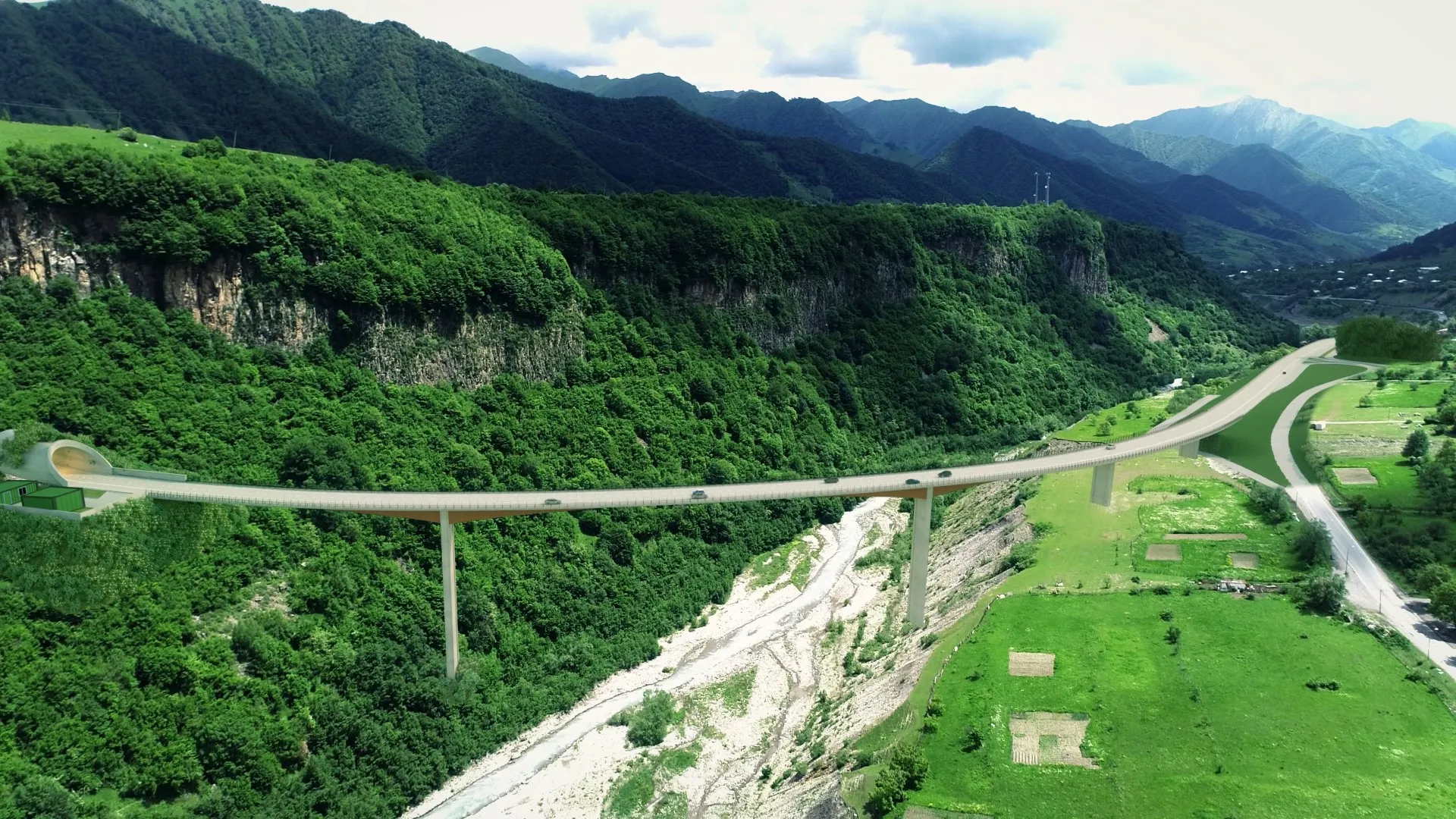A key Colombian tunnel project is seeing progress.
By MJ Woof
August 31, 2020
Read time: 1 min

An important road tunnel project in Colombia is seeing progress being achieved. Driving work for the second tube of the Tunel de Occidente project has been completed, some two months ahead of schedule.
Around 497,400m3 of material has been removed from the tunnel drives since excavation commenced in September 2018. The Tunel de Occidente features twin parallel tubes, each with a length of 4.6km. The tunnel forms part of the Autopista al Mar 1 road project, linking Medellin with Santa Fe.
The tunnel is being built by the concessionaire Desarrollo Vial al Mar (Devimar).









